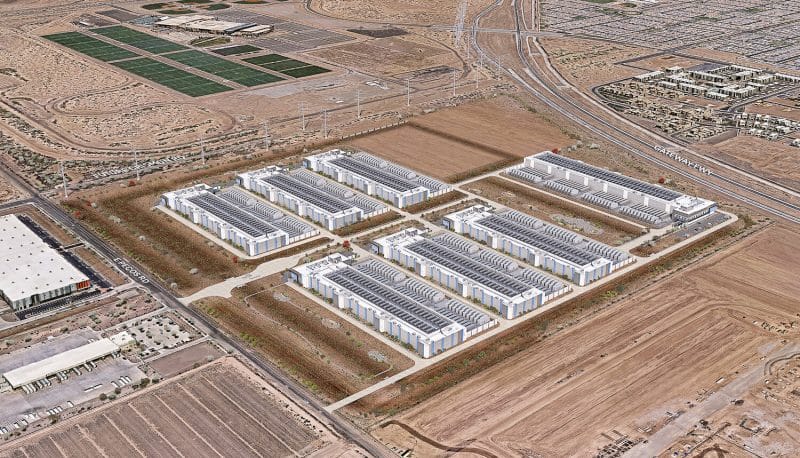By Peter Gleick | ScienceBlogs
The Colorado River, recently named America’s most endangered river, supports millions of people in the American Southwest and northwest Mexico and helps irrigate millions of acres of land. It is shared by seven states in the U.S. and Mexico, through a complex series of legal agreements and treaties.
Yet every drop of water on the river is accounted for, used, reused, and transpired away, and today, no water reaches the Colorado River delta in an average year. Quite simply, demands on the river exceed the river’s average supply, and this problem is projected to get worse as populations continue to grow and as climate changes increase temperatures and reduce runoff.
 Today, irrigated agriculture consumes more than 70% of the water supply within the Colorado River basin. For the first time, new research from the Pacific Institute presents comprehensive data on the extent of irrigated agriculture throughout the seven Colorado River basin states and two additional states in Mexico, the types of crops grown, and the amount of water used to grow these crops.
Today, irrigated agriculture consumes more than 70% of the water supply within the Colorado River basin. For the first time, new research from the Pacific Institute presents comprehensive data on the extent of irrigated agriculture throughout the seven Colorado River basin states and two additional states in Mexico, the types of crops grown, and the amount of water used to grow these crops.
More importantly, the new report – Water to Supply the Land: Irrigated Agriculture in the Colorado River Basin – explores the potential for agricultural management strategies to save water, without remove agricultural land from production – through changes in irrigation technology, management strategies, and cropping patterns.
Also: Why Federal Efforts to Ensure Clean Tap Water Fail to Reach Faucets Nationwide




